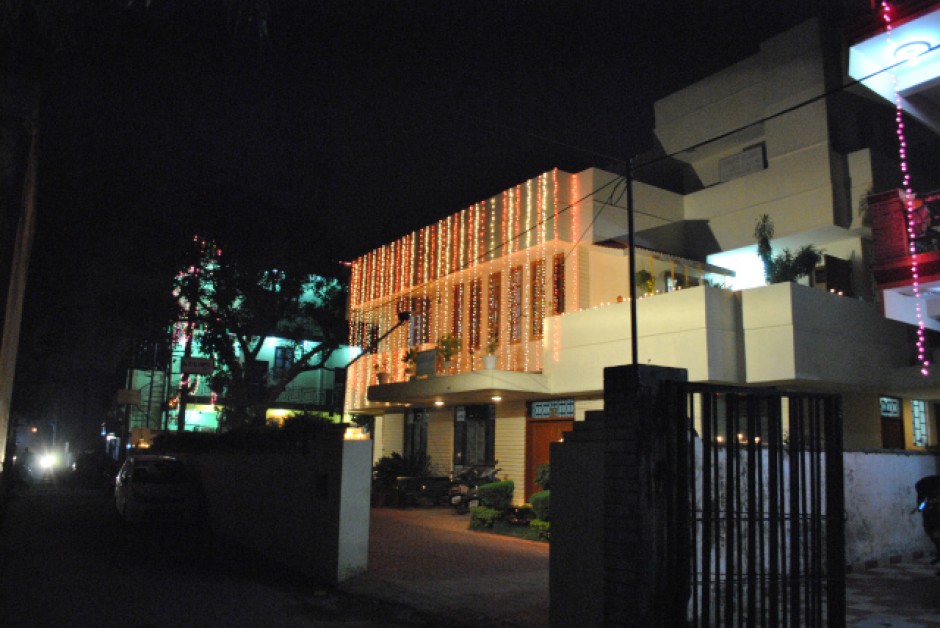What straitjackets have to do with Eames chairs and the mutations of policy ideals.
 One of the 19th-century’s most notorious socioarchitectural phenomena were the “insane asylums” that housed the era’s mentally ill — enormous and stunning buildings whose architecture stood in stark contrast with the ominous athmosphere of their inner workings. Fascinated by this phenomenon and its ghosts, photographer Christopher Payneset out to document the afterlife of those baleful buildings in Asylum: Inside The Closed World Of State Mental Hospitals — a compendium of images that peel away at a lost world and, in the process, offer a provocative portrait of the history of our (mis)treatment of the mentally ill. A foreword by iconic neuroscientist Oliver Sacks (remember him?) frame the photographs in a sociocultural context of how these institutions evolved and what role they came to play, both in their time and in our reflections on history.
One of the 19th-century’s most notorious socioarchitectural phenomena were the “insane asylums” that housed the era’s mentally ill — enormous and stunning buildings whose architecture stood in stark contrast with the ominous athmosphere of their inner workings. Fascinated by this phenomenon and its ghosts, photographer Christopher Payneset out to document the afterlife of those baleful buildings in Asylum: Inside The Closed World Of State Mental Hospitals — a compendium of images that peel away at a lost world and, in the process, offer a provocative portrait of the history of our (mis)treatment of the mentally ill. A foreword by iconic neuroscientist Oliver Sacks (remember him?) frame the photographs in a sociocultural context of how these institutions evolved and what role they came to play, both in their time and in our reflections on history.

Autopsy theater, St. Elizabeth’s Hospital, Washington, DC
Image courtesy of Christopher Payne via NPR
What’s most peculiar about those asylums is that they, like much of policy dysmorphia that begins with an idealistic vision and ends in a social malady, began with the idea of “moral treatment” wherein the ill would be removed from the city and placed in these Utopian environments, many of which were fully self-sufficient and even generated their own electricity, and put to meaningful work.
Asylums offered a life with its own special protections and limitations, a simplified and narrowed life perhaps, but within this protective structure, the freedom to be as mad as one liked and, for some patients at least, to live through their psychoses and emerge from their depths as saner and stabler people.
In general, though, patients remained in asylums for the long term. There was little preparation for return to life outside, and perhaps after years cloistered in an asylum, residents became ‘institutionalized’ to some extent, and no longer desired, or could no longer face, the outside world.” ~Oliver Sacks
Hiding in Payne’s photographs are peculiar objects that survived almost untouched amidst the general decay of their surroundings — a colorful armchair here, some toothbrushes there, slippers, even some Eames chairs.
Asylum is part Library of Dust, part Urban Atrophy, part its own room in humanity’s haunted house of collective memory.
via NPR





















